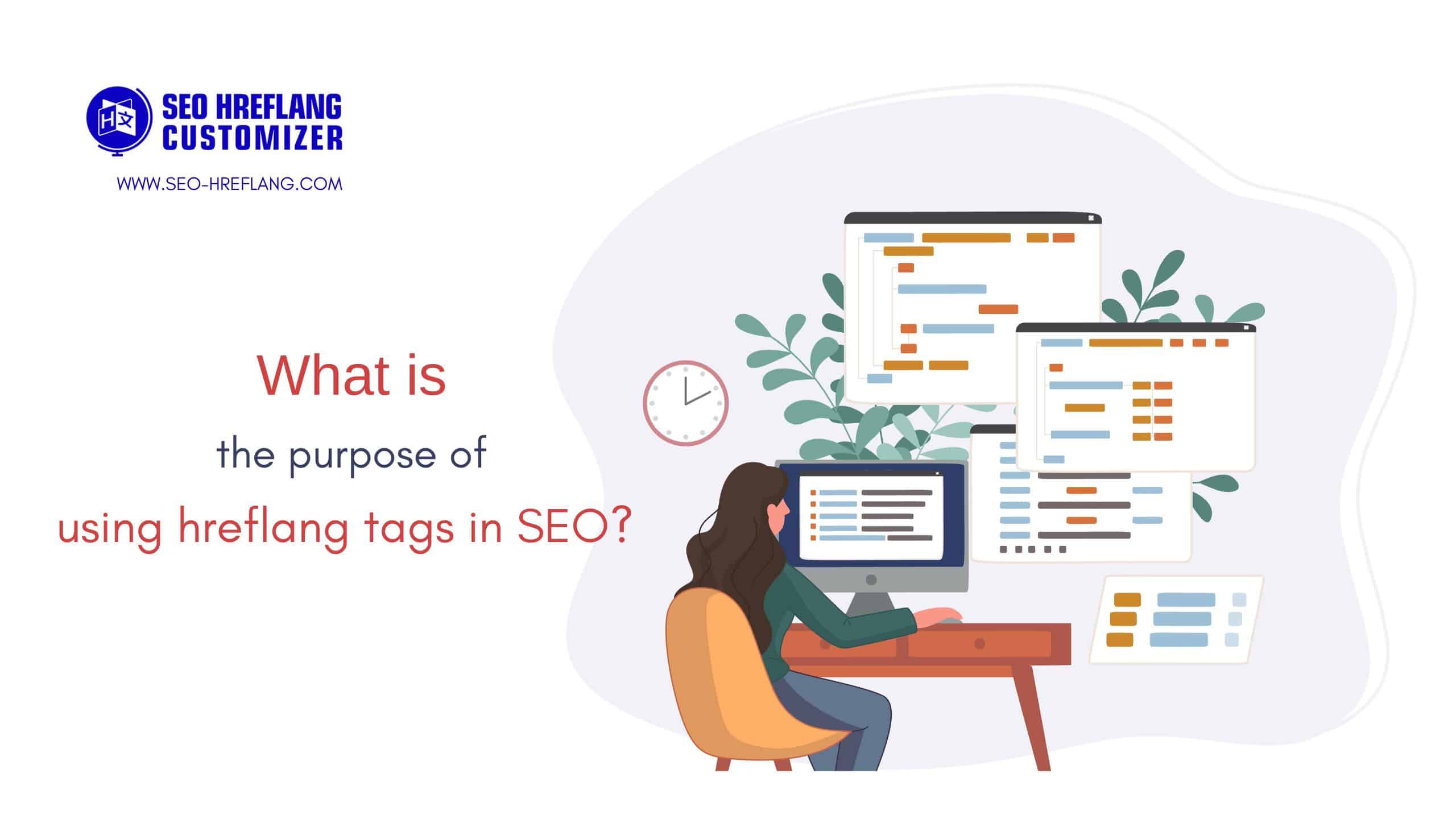The purpose of using hreflang tags in SEO is to indicate to search engines the language and geographical targeting of your web pages. Hreflang tags, also known as hreflang annotations, are HTML tags that specify the language and/or region (geographical location) of a webpage’s content.
These tags help search engines understand which version of a page to display to users based on their language and location preferences.
The implementation of hreflang tags is crucial for websites with multilingual or multi-regional content. Without hreflang tags, search engines may not accurately identify the appropriate version of a page to serve to users. This can lead to issues such as displaying the wrong language to users or showing a regional variant of a page that is not relevant to the user’s location.
Here are some key points highlighting the purpose and benefits of using hreflang tags in SEO:
- Language Targeting: Hreflang tags allow you to indicate the language(s) in which a specific page is available. This helps search engines present the most relevant version of your content to users who speak or understand that language.
- Geo-Targeting: In addition to language, hreflang tags enable you to specify the geographical targeting of your web pages. This is particularly useful when you have country-specific versions of your site or when your content is tailored to specific regions.
- User Experience: By using hreflang tags correctly, you enhance the user experience by delivering content in the language and region that is most relevant to each visitor. This can result in improved engagement, increased time spent on site, and higher conversion rates.
- Avoiding Duplicate Content Issues: When you have multiple versions of a webpage targeting different languages or regions, search engines may perceive them as duplicate content. Hreflang tags help search engines understand that these variations are intentional and prevent penalties for duplicate content.
- International SEO: For businesses targeting global markets, hreflang tags are essential for international SEO strategies. They enable search engines to identify the appropriate version of a page for users from different countries, ensuring that your content is displayed to the right audience.
- Cross-Linking between Language Versions: Hreflang tags facilitate the correct cross-linking between pages in different language versions. This helps search engines understand the relationship between pages and ensures that users can navigate seamlessly between the different language variants of your site.
- SERP Presentation: Implementing hreflang tags correctly can lead to improved visibility in search engine result pages (SERPs) for targeted languages and regions. When search engines correctly interpret the hreflang annotations, they can display the most relevant version of a page to users in the corresponding language or region-specific search results.
- Increased Organic Traffic: By providing search engines with clear signals about the language and region targeting of your content, hreflang tags help attract organic traffic from relevant language and geographic markets. This can lead to increased visibility, higher rankings, and ultimately, more qualified website visitors.
- Enhanced Localization: Hreflang tags assist in the localization of content for different regions. By directing users to the appropriate localized versions of your pages, you can tailor the user experience, including currency, pricing, and cultural nuances, to match the preferences and expectations of each target market.
- Improved Analytics and Reporting: With proper hreflang implementation, you can accurately track and analyze the performance of your site across different language versions and regions. This allows you to gain insights into user behavior, conversion rates, and ROI specific to each target market.
Hreflang tags play a critical role in international SEO efforts by ensuring that search engines deliver the right content to the right users based on their language and location preferences. By using hreflang tags effectively, you can enhance user experience, avoid duplicate content issues, improve organic traffic, and optimize your website’s visibility and performance in global markets.





